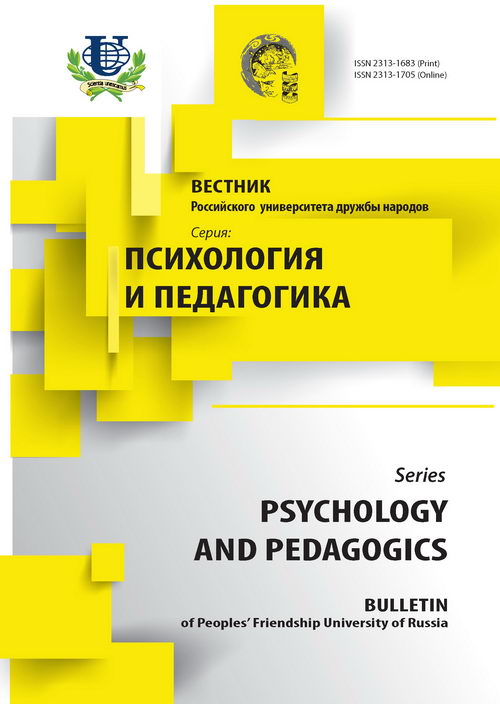THE PUPILLOMETRIC PREDICTOR OF INTERNET-ADDICTION
- Authors: Ershova RV1, Semina TM1, Varchenko NN2, Gankin KA2, Novik VP3
-
Affiliations:
- State University of Humanities and Social Studies
- “Sambon Precision & Electronics Co., Ltd” (Republic of Korea) Representation in Moscow
- “IriTech Co., LTD” (Republic of Korea) Representation in Moscow
- Issue: No 1 (2016)
- Pages: 42-54
- Section: Articles
- URL: https://journals.rudn.ru/psychology-pedagogics/article/view/13409
- ID: 13409
Cite item
Full Text
Abstract
This study aims to investigate the possibilities of using binocular synchronous pupillography as a method of Internet addiction (IA) prediction.326 undergraduate students (179 females and 147 males, average age = 18,6) took part in this study. They were divided into three groups: “Internet addicted” (34 people), “not-addicted” (136 people), and “moderate-addicted”, according to normal distribution of Chen’s Addiction Scale results. The pupillography method was used to compare the IA symptoms in IA and Not-IA students.The total IA in pupillometric parameters was manifested as an increased width of the pupil, emotional instability, exhaustion, slack reactions, combined with the depth of reaction and impetuosity. The severity of Internet addiction was positively correlated with the number of pupillometric parameters.Our findings suggested that changes in pupil reaction were present in IA students and this finding may provide a new insight into the pathogenesis of IA.
About the authors
R V Ershova
State University of Humanities and Social StudiesDepartment of Psychology
T M Semina
State University of Humanities and Social StudiesDepartment of Psychology
N N Varchenko
“Sambon Precision & Electronics Co., Ltd” (Republic of Korea) Representation in Moscow
K A Gankin
“Sambon Precision & Electronics Co., Ltd” (Republic of Korea) Representation in Moscow
V P Novik
“IriTech Co., LTD” (Republic of Korea) Representation in Moscow
References
Supplementary files















